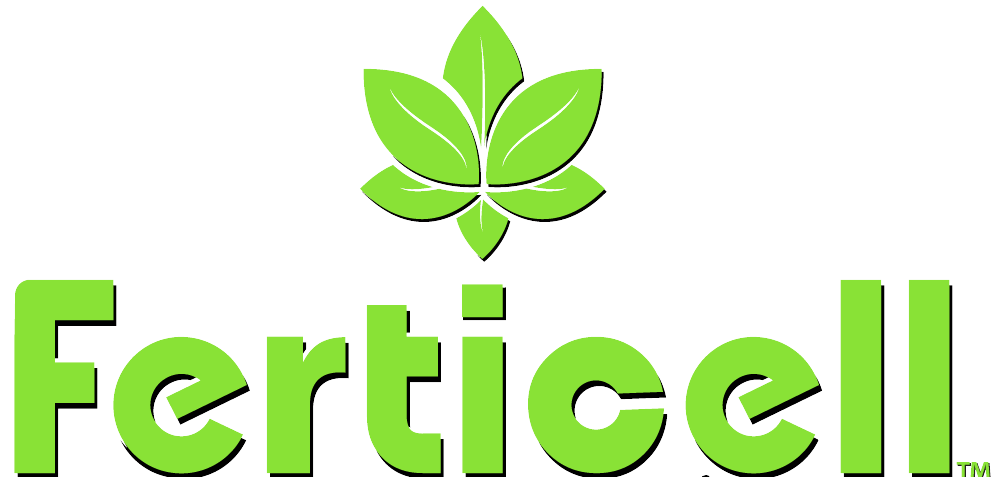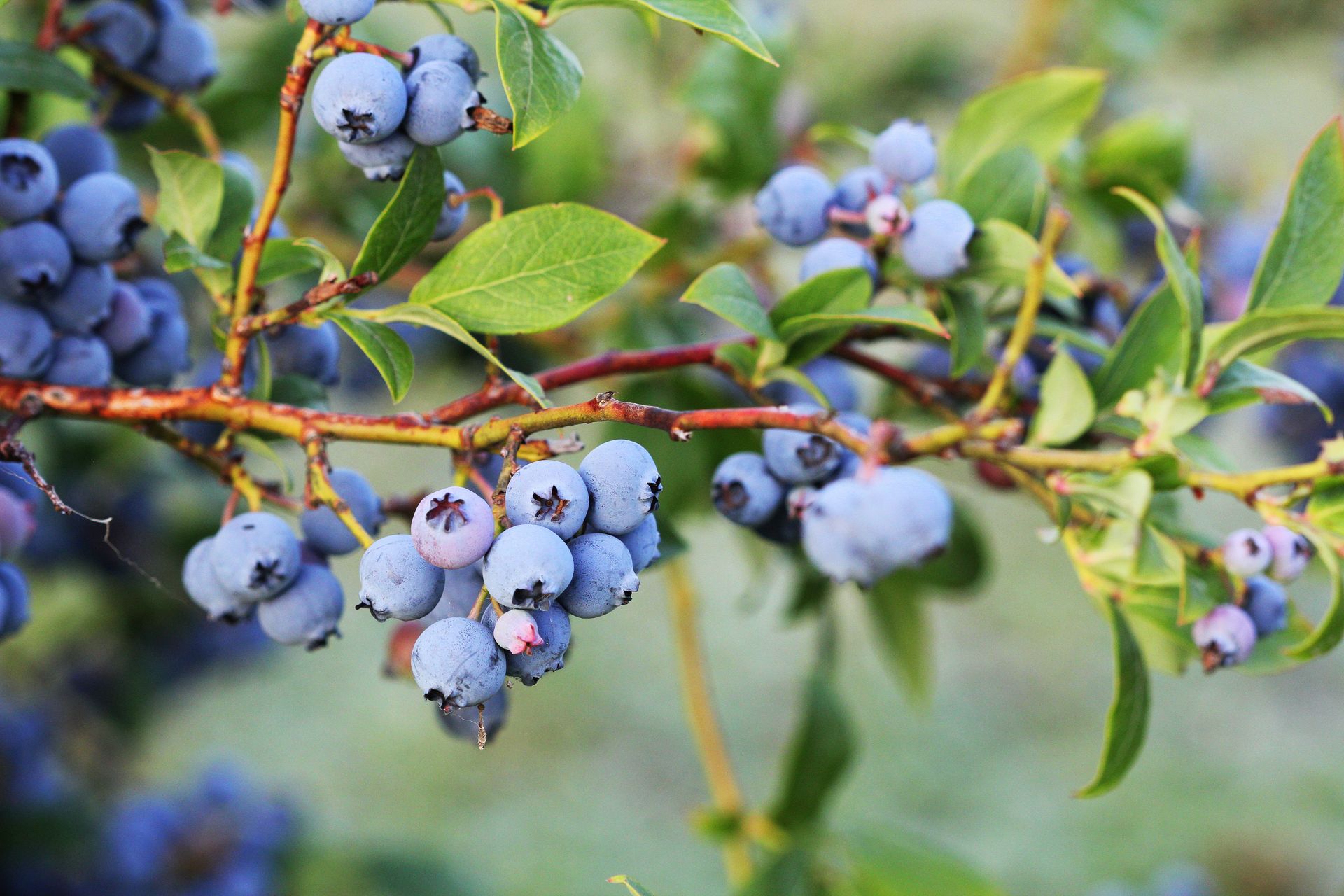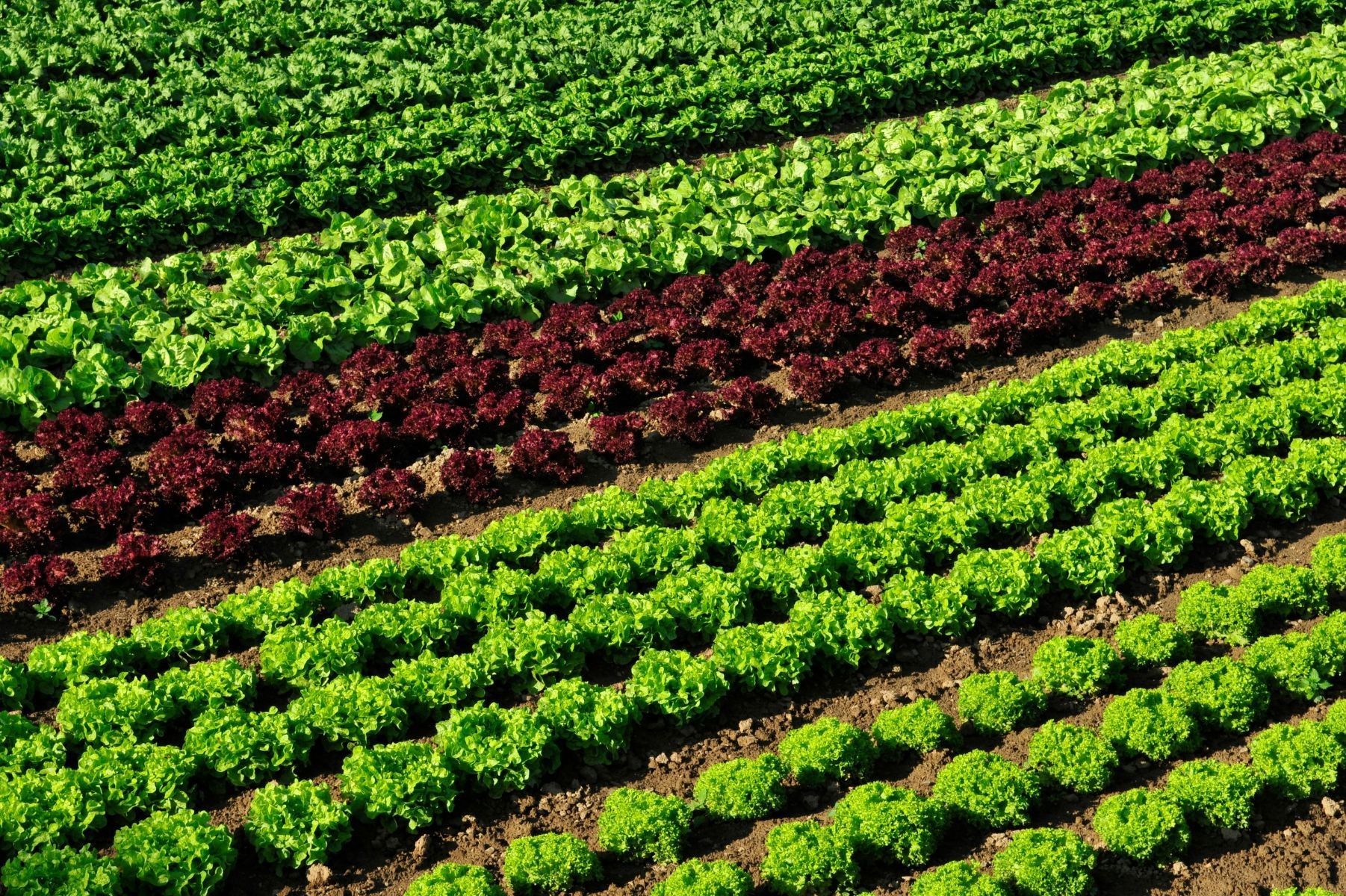How and Why Ferticell Concentrated Products Work, Celebrating our 20th Anniversary!
Ferticell celebrated its 20th anniversary on April 1, 2024. During those 20 years we have grown significantly from the one product, Universal, to over 18. Our Spanish origin, Agroplasma, means land or agriculture and plasma (a biological suspension in a liquid medium). Ferticell, ferti from fertilizer and cell for the multiple types of single cell organisms used to form a unique concentrated product line.
Ferticell products utilize a microscopic and unicellular delivery system of balanced nutrition in a suspension of highly concentrated liquid cultures of a variety of microorganisms for nutrition of plants at the cellular level. They work on all plant life as a foliar application through the leaf or root through the stomata or pore hole. They are delivered instantaneously through absorption of a natural plant based organic product that are highly bioavailable and without the need of conversion and are active within 3 hours of application. Once absorbed into the plant cell, the microscopic cells attach themselves to individual plant cells and the nutrient is transferred. The process is called Cytoplasm Streaming or Inter-Cellular Exchange. The diffusion occurs from cell to cell according to concentration gradients (the graduated difference in concentration of a solute per unit distance through a solution); however, the rate of diffusion is slow. The streaming of cytoplasm is what achieves the rapid nutrient transfer. Known as pressure-transference phenomenon is instantaneous and results in immediately acting on the plant. Any Ferticell product not utilized by plant roots will remain in the soil as biome food (prebiotic) and assist in converting unlocked minerals in the soil.
Ferticell products contain proteins, natural amino acids, Cytokinin, Auxin, algae plus soil cell extract, bacteria, and a natural nutrient formula of specific organic compounds. They are designed to improve yield, quality, and quantity to grow stronger, healthier crops. This revolutionary new approach of growing stronger, healthier crops is based on most plants having their own complex growth and defense systems that are activated only when certain events occur in nature or are activated by Ferticell. The unique characteristic of the different cells used in Ferticell is the ability to hold large amounts of nutrients. The cells store them in a biological form and recreate in their body the nutrients like proteins, amino acids (in L form), microelements, and vitamins, that we then extract as an organic solution. The complex formula of Ferticell soil plus water cell extracts, nutrients and natural materials were developed to be used during various crop stages. Studies have shown that plants treated with Ferticell are stimulated resulting in more root mass, increased leaf area and number of flowers and fruit, with early maturation. Also, less water is required, are insect resistant, lower susceptibility to disease and fungal attack, have increased yield, longer product shelf life, and time/labor/cost savings. Better ROI and better healthier crops.
Ferticell forces the product to stick to the leave and ensures its total absorption, so no product washes off in rain or other external agents. Using a surfactant improves the product penetration for improved absorption by the plant under any conditions. We also use a stabilizer to keep product in suspension in tanks for a homogeneous product that will not settle out. It also easily disperses on a leaf surface, increasing the product absorption from a greater absorption surface during and after the application.
Foliar
Designed, formulated, and produced specifically for foliar application using the best raw materials available. This means consistent quality, safety, and performance. Foliar applications give the ability for timely application of nutrients targeted at the crop and avoiding soil interactions.
Fertigation
Fertigation allows precise, uniform nutrient that increases efficiency and a reduction in the amount of applied fertilizer to reduce ground water pollution caused by fertilizer leaching.
Seeds and Soil powder amino acids/micronutrients
The critical period for successful crop establishment is post germination when seedlings have to rely on their reserves. When it also is unable to draw on soil nutrients until sufficient root growth has developed which is why Ferticell has also developed a series of highly concentrated, liquid, and solid micronutrient products, specifically for seed treatment.
FERTICELL SHOULD BE A KEY PART OF EVERY TANK LOAD AND THEY ARE SEED SAFE AND WILL NOT BURN!



